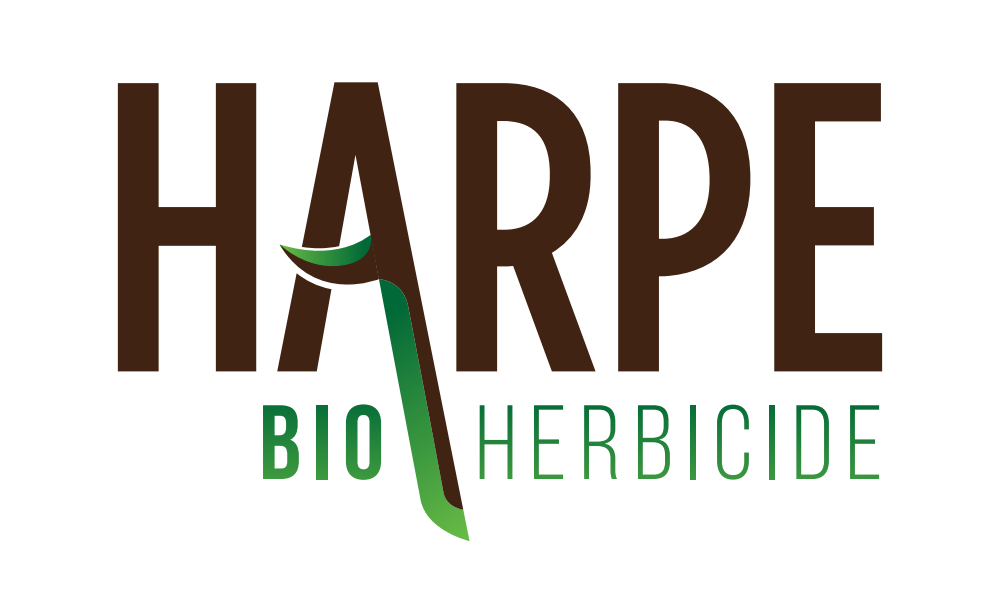What is regenerative agriculture, and what does it truly mean for the land that we’re farming on?
Imagine a future where farming revitalizes the earth.
Regenerative agriculture is the key.
It’s not just a practice, it’s a revolution in soil and ecosystem health.
For the professional farmer, it’s a journey worth exploring.
Let’s dive into what this means for your fields and the world.
Regenerative Agriculture is about farming practices that not only yield abundant crops but also repair and enhance the very soil we cultivate.
- Revitalize Your Land: Learn how regenerative agriculture moves beyond conventional methods, focusing on rejuvenating your land and creating resilient ecosystems.
- Observe and Adapt: Discover the importance of experimenting with cover crops and pollinator strips, and see how continuous observation and adaptation can lead to healthier soil.
- Collaborate for Change: Find out how a collaborative approach involving farmers, academics, and industry experts is crucial in transitioning to regenerative practices.
This discussion about what regenerative agriculture is reveals not just a set of practices, but a new philosophy in farming. It’s a story of transformation, innovation, and hope – and it’s happening right now.
Interested in the future of agriculture and how innovative companies like Harpe Bio are shaping it?
Subscribe to the Modern Agriculture show from Harpe Bio for more insights into the revolutionary changes in agricultural practices and technologies – https://HarpeBio.com/ModernAg
The Definition of Regenerative Agriculture

“The terminology of Regenerative Agriculture can be different for a lot of different people. For me, it’s about regenerating your land and from the conventional ways that we’ve farmed for decades. And it’s all about repairing the health of the soil.
So it’s regenerating the soil so it can be a more resilient ecosystem to grow crops in, livestock and actually just add more biodiversity to the environment itself.”
– Bill Buckner, CEO & Director of Harpe Bio
Regenerating Our Land and Soil
Regenerative agriculture is about breathing new life into farming. It’s a shift from the old ways. This method is all about healing and improving soil. It creates ecosystems that are tough and healthy. It’s a new chapter in agriculture that brings back life to our soil and our land.
Revitalizing Ecosystems
Regenerative agriculture is more than just growing crops.
It’s about creating a balance.
This balance helps crops and animals thrive together. It brings a variety of life back to our farms.
This way, farming helps nature instead of hurting it.
Practices in Regenerative Agriculture
Experimenting with Nature
Regenerative farming is about trying new things.
It’s about using different plants and creating homes for pollinators.
Farmers watch, learn, and change their methods based on what they see.
This is how we find out what works best for the soil and the crops.
Building a Strong Foundation
The heart of regenerative farming is in the soil.
Farmers focus on making the soil rich and healthy.
They do this by adding organic matter and improving its structure.
This is the first step to making land that can support a rich and varied ecosystem.
Transitioning to Regenerative Agriculture
Learning from Each Other
Moving to regenerative farming needs knowledge and experience.
Farmers learn best from other farmers. They share what they’ve tried and what’s worked. This sharing of knowledge is key to moving forward in regenerative agriculture.
A United Effort
This change needs support from many people. It’s not just about farmers.
Scientists, organizations, and academics all play a part.
They bring their knowledge and experience to help farmers. This teamwork is what makes regenerative agriculture possible.
Challenges in Adopting Regenerative Agriculture
Facing the Hurdles
Both traditional and organic farmers face challenges in this change.
They have different problems, but they’re all working toward the same goal.
Tools like Harpe are helping make this change easier.
They help with things like weed control, which can be a big problem in organic farming.
Tools for the Transition
Using the right tools is vital in regenerative farming.
Products like Harpe are designed to help farmers in this journey.
They make it easier to move from traditional or organic methods to regenerative ones.
This helps improve soil health and makes farming more sustainable.
Collaborative Evolution Towards Regenerative Practices
Coming Together for Change
Regenerative agriculture is about farmers working together.
It’s a combined effort from all types of farming communities.
Everyone needs to move towards more sustainable methods.
This is how we make a real change in the way we farm.
Regenerative Agriculture is a Journey
It’s a path that leads to healthier soil, better crops, and a more sustainable world.
It’s a journey that needs the effort of every farmer, scientist, and supporter of agriculture.
With the right approach and tools, we can make this journey together.
Get More About Modern Agriculture
For more enlightening discussions and to go deeper into the future of farming, explore more episodes of Harpe Bio’s Modern Agriculture show at https://HarpeBio.com/ModernAg
